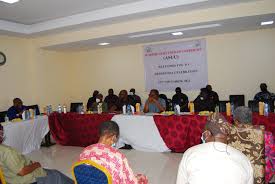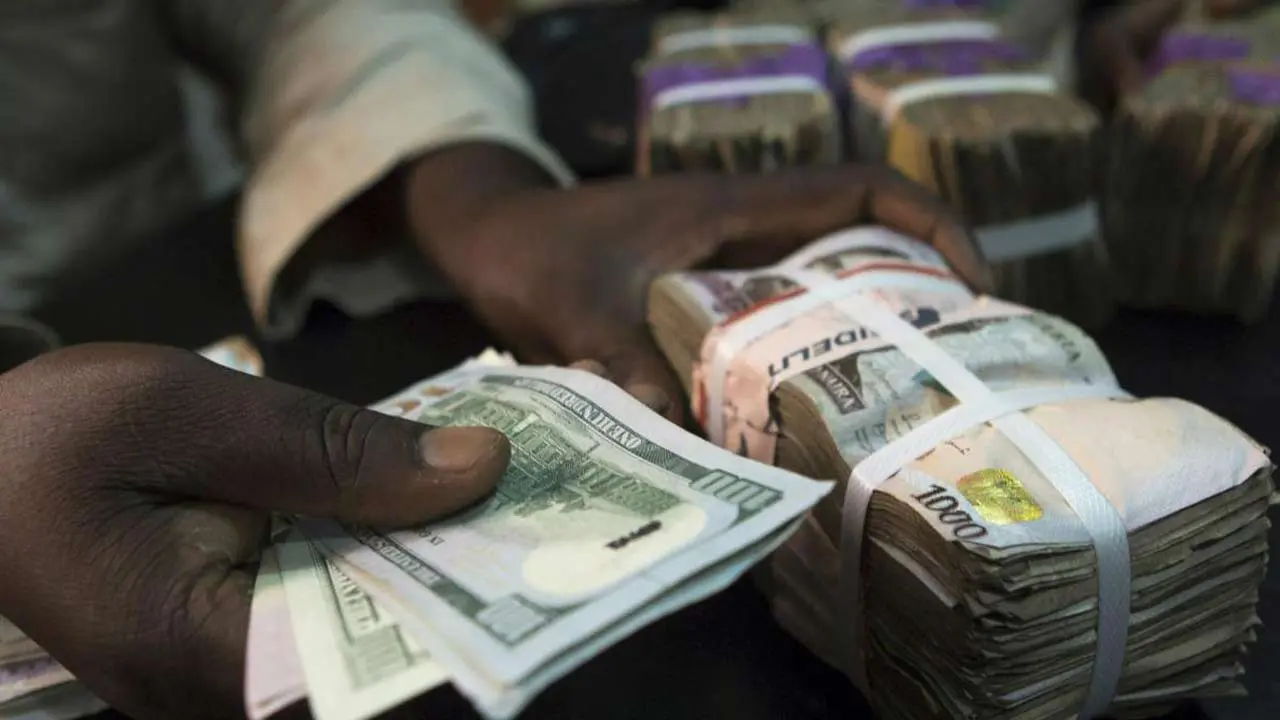The naira continued its downward trajectory against the U.S. dollar on October 11, 2024, closing at N1,641.27 in the official Investor and Exporter (I&E) window.
This marks a 1.15% depreciation from the previous day’s rate of N1,622.57, further underscoring the mounting pressure on Nigeria’s foreign exchange market.
Despite crude oil prices remaining above $79 per barrel, the currency’s decline highlights ongoing challenges in the country’s FX market.
Market turnover surge, a key highlight of the day was the sharp rise in market turnover within the I&E window, which skyrocketed to $616.73 million—a staggering 323% increase compared to the $145.56 million traded the previous day.
This increase may reflect a heightened demand for foreign exchange amid ongoing depreciation concerns, although such volume spikes can also indicate increased market liquidity.
Trading Dynamics The naira’s performance throughout the trading session showed notable volatility. It peaked at an intra-day high of N1,675.00 before dipping to a low of N1,591.00. The currency eventually stabilized at N1,641.27 at the close of trading.
READ ALSO: Naira drops to N1,625 amid oil price decline, sparks inflation concerns
In the parallel market, the naira saw relatively stable movement, opening at N1,620.39 per dollar and fluctuating between highs of N1,620.44 and lows of N1,620.39, closing the day at N1,620.41.
This relative stability contrasts with the sharper movements in the official window, but overall, the naira remains under strain.
Year-to-Date Performance 2024 has been particularly tough for the naira, which has lost over 70% of its value since January, when it traded at N907.11/USD. By October, the currency had plummeted to over N1,500/USD, reflecting continued economic pressures, including high inflation and foreign exchange shortages.
The naira hit its lowest point earlier this year in February, when it traded at N1,616.53/USD, briefly stabilizing in March around N1,303 before embarking on another steep decline. By the end of September, it was trading at N1,668.97/USD.
Food Inflation and Economic Pressures Adding to the pressure on Nigeria’s currency is the country’s ranking as one of the hardest-hit by food inflation globally.
A September World Bank report ranked Nigeria fifth in the world for food inflation, and third in Africa, behind Malawi and Liberia. High inflation continues to erode purchasing power, putting additional stress on the naira.
READ ALSO: Naira-for-Crude Deal: Catalyst for Nigeria’s Economic Growth
Policy Shifts and Prospects for Recovery In a move aimed at easing some economic pressures, the Nigerian government recently allowed petroleum marketers to purchase fuel directly from the Dangote refinery, bypassing the Nigerian National Petroleum Company Limited (NNPC).
This development, alongside the anticipated start of crude sales in naira under Finance Minister Wale Edun’s oversight, offers potential for long-term currency stabilization.
Analysts suggest that favorable macroeconomic developments or a weakening of the U.S. dollar could provide much-needed support for the naira. However, persistent inflation and other structural economic challenges will continue to weigh heavily on the currency in the near term.

 Business6 days ago
Business6 days ago
 Crime7 days ago
Crime7 days ago
 Latest1 week ago
Latest1 week ago
 Business1 week ago
Business1 week ago
 Politics1 week ago
Politics1 week ago
 Latest3 days ago
Latest3 days ago
 Politics7 days ago
Politics7 days ago
 Education7 days ago
Education7 days ago

